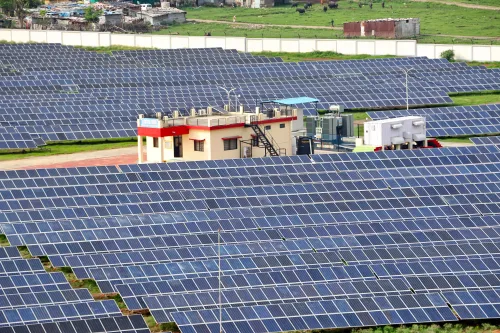New Case of Highly Pathogenic Avian Influenza Confirmed at Egg Farm in Central South Korea

Seoul, Dec 31 (NationPress) South Korea has reported its 19th case of highly pathogenic avian influenza (AI) at an egg farm situated in the central area of North Chungcheong Province, as stated by authorities on Tuesday.
The most recent incident was identified at a layer hen farm in Eumseong county, approximately 90 kilometers southeast of Seoul, according to official reports.
The farm owner initially alerted the authorities regarding a rise in fatalities among the birds, as noted by the Yonhap news agency.
This incident brings the total number of AI cases to 19 for the ongoing winter season.
In response, officials have restricted access to the area and made the decision to cull around 44,000 chickens at the farm.
Additionally, they plan to inspect eight other farms linked to the same agricultural company, along with approximately 55 other poultry farms within the quarantine zone of the affected farm.
Concurrently, California is facing an escalating battle against avian influenza A (H5N1), with infections spreading across dairy farms and an increasing number of human cases, including two newly confirmed instances in Stanislaus and Los Angeles counties.
The virus, commonly referred to as bird flu, has impacted 659 out of 984 dairy operations in California since August, with a quarter of these cases occurring within the last month, as reported by state authorities.
The swift transmission throughout the dairy sector has prompted Governor Gavin Newsom to declare a state of emergency last week to safeguard agricultural workers and public health, as reported by Xinhua news agency.
This declaration is a strategic measure to guarantee that government agencies possess the necessary resources and flexibility to address this outbreak promptly, Newsom stated.
The outbreak's effects on humans have been increasingly severe, with California documenting at least 36 confirmed cases—over half of the nation's total of 65, according to the latest information from the US Centers for Disease Control (CDC), although the actual number is likely higher as recent local confirmations may not have been included in federal statistics.










